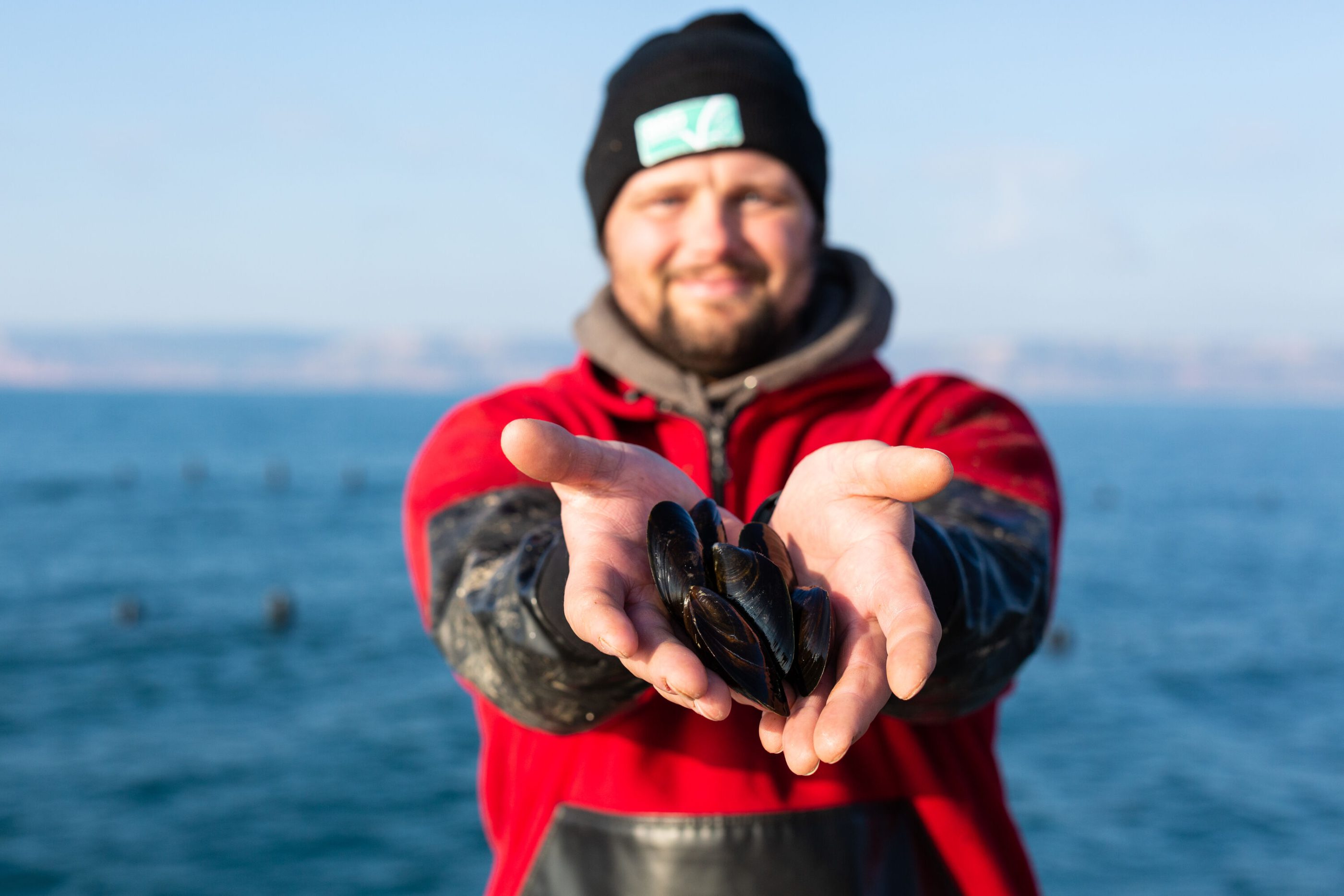ASC statement regarding sea lice issue in Clayoquot Sound, Canada
May 12, 2018
Aquaculture Stewardship Council (ASC) always welcomes input from stakeholders aiming to help improve ASC’s standards and certification processes. Consultation, transparency and independence are central to ASC’s values and our dedication to maintaining the leading social and environmental standards for aquaculture.
To ensure our programme remains effective and meaningful, we are committed to continual review of the outcomes of our standards and processes. In keeping with this practice, we have contacted SAI Global, the company that certified the Cermaq Canada farms mentioned in the release, to undertake an investigation of the claims in the SeaChoice press release and to independently verify any incidents that may contravene the salmon standard.
In discussion with ASC, Cermaq Canada have voluntarily agreed not to sell any salmon from the sites that are currently experiencing lice counts over regulatory and historical levels as ASC product.
The ASC also intends to initiate a review of sea lice limits that are currently implemented globally to establish current best practices used in salmon producing regions for target and limit levels of sea lice abundance and prescribed actions farms should take for treatments or other remedies. Terms of reference for this review will be made available for public consultation once necessary governance due diligence has been undertaken.
Contrary to SeaChoice’s allegations, ASC is a fully compliant member of ISEAL and our variance request process is consistent with both ISEAL’s Standard Setting and Assurance Codes. Section 6.4 of the former, related to ‘local applicability’, is relevant to this discussion. Additionally, section 5.1.5 of the latter Code allows standard setters to allow exceptions for application of their standards, including for situations where a requirement is not applicable in a certain case.
To assist with the work set out above the ASC requests that any evidence substantiating the claims made in Sea Choices press release related to independent observations of sea lice loads on wild juvenile salmon be made available for inclusion in this review. Finally we would like to point out that the multipliers used in SeaChoice’s release do not refer to trigger limits established within relevant Canadian regulation (3 per fish) and as agreed within the disputed variance request.



